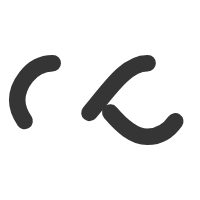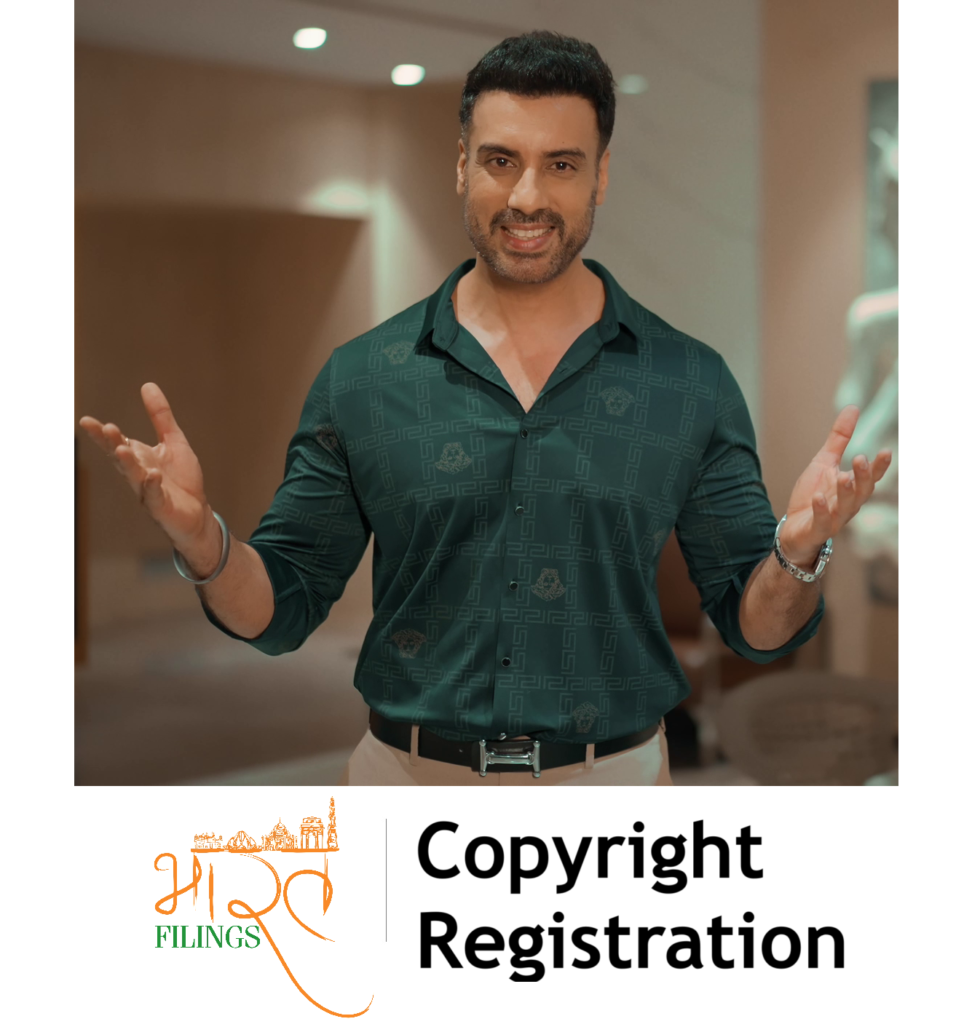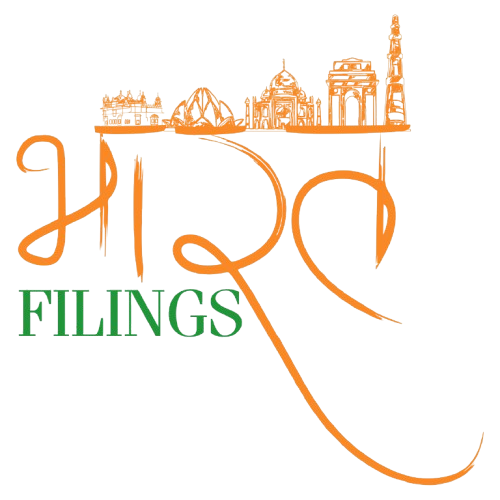





Copyright is a crucial legal protection for creators, ensuring that authors, artists, musicians, and other creators have exclusive rights over their original works. It grants the creator control over how their work is used, distributed, or replicated by others. Registering a copyright provides additional legal backing, making it easier to defend your creations against unauthorized use or infringement.
At Bhaarat Filings, we simplify the copyright registration process in India, ensuring your intellectual property is protected. With our experienced team, we guide you through every step, making copyright registration both efficient and hassle-free. Whether you’re a writer, artist, or entrepreneur, we’re here to help you secure your creative work.

Your creative works deserve to be celebrated, not copied. At Bhaarat Filings, we help you safeguard your intellectual creations through hassle-free copyright registration. Whether it’s your art, music, literature, or digital content, our expert team ensures your work is legally protected from unauthorized use. With our streamlined process and dedicated support, you can focus on creating while we take care of securing your rights. Protect your originality today and let your creativity shine with confidence!
Copyright is a form of intellectual property protection granted to creators of original works, such as literature, music, art, films, software, and more. It gives creators exclusive rights to control the use of their work, including the ability to reproduce, distribute, perform, and display their creations publicly. In India, copyright protection is governed by the Copyright Act of 1957, which outlines the rights and responsibilities of creators and users.
Under Section 14 of the Copyright Act, the creator is granted several exclusive rights, including:
Copyright applies to a wide range of works, including logos, paintings, books, music, films, software, architectural designs, and even websites. Registering your copyright ensures that you have legal protection, making it easier to defend your rights in case of infringement and allowing you to claim damages or injunctions if someone uses your work without permission.
Copyright is important because it protects the original work of a brand (such as Brand Logo) or creators (such as Artists, Writers, and Musicians). It ensures that only the creator has the right to reproduce, distribute, or sell their work, preventing others from using it without permission. By securing copyright, creators can benefit financially and maintain control over how their work is used. This protection encourages creativity and innovation, helping creators feel confident that their efforts will be respected.
Copyright protects original works of authorship that are created and expressed in a tangible form. Under the Copyright Act of 1957, a wide range of creative works can be copyrighted, ensuring that the creator has exclusive rights over their use. Below are the main categories of works that can be copyrighted:
By copyrighting these categories of work, creators can ensure their intellectual property is protected from unauthorized use or reproduction, allowing them to maintain control over their creations.
At Bhaarat Filings, our expert copyright attorneys are dedicated to helping you protect your creative work at the most affordable price in India. We guide you through every step of the copyright registration process, ensuring that your rights are fully secured. From preparing and filing your application to addressing any legal concerns, our experienced team is here to provide personalized support and legal expertise. With Bhaarat Filings, you can safeguard your intellectual property easily and cost-effectively, giving you peace of mind that your work is protected.
| STEPS | DESCRIPTION |
|---|---|
| Creation of Work | Create an original work, such as a book, song, artwork, or software, that can be copyrighted. |
| Application Submission | Bhaarat Filings’ experienced attorneys will assist you in filling out the copyright application form and submitting it to the copyright office with all the necessary documents. |
| Payment of Fees | Pay the applicable registration fee to the copyright office. |
| Examination of Application | The copyright office will examine your application. This process typically takes a minimum of 30 days to ensure all requirements are met. |
| Publication in Journal | If no objections are raised, your application is published in the copyright journal. |
| Grant of Copyright | If no objections arise after publication, the copyright office grants the copyright registration, and a certificate is issued. |
Copyright objection occurs when someone challenges your copyright application, typically because they believe your work infringes on their existing rights or does not meet the eligibility criteria. These objections can be raised during the examination process or after your work is published in the copyright journal.
Handling objections is crucial for securing your copyright registration. At Bhaarat Filings, if you file your copyright through us, our experienced team will manage any objections that arise before your copyright is officially registered, at no additional cost. We provide expert assistance to address and resolve these issues, ensuring a smooth and effective registration process.
Protecting your logo through both Copyright and Trademark Registration offers comprehensive security for your brand’s visual identity. Copyright covers the artistic and creative aspects of your logo, ensuring that no one can reproduce, distribute, or display it without your permission. This protection is automatic upon creation, but registering it provides stronger legal backing.
On the other hand, trademarking your logo safeguards its use in commerce. It gives you exclusive rights to use the logo in connection with your products or services, preventing others from using a similar mark that could confuse consumers. While copyright protects the artistic design, a trademark ensures your brand’s identity is legally protected in the marketplace.
By securing both copyrights and trademarks for your logo, you gain dual protection—preventing unauthorized copying and misuse while reinforcing your brand’s unique identity and market position.
| ASPECT | TRADEMARK | COPYRIGHT |
|---|---|---|
| Purpose | Protects brand elements like names, logos, and slogans that distinguish goods/services from others. | Protects original artistic or creative works like logos, music, designs, and literature. |
| Type of Protection | Ensures no one else can use your brand’s name, logo, or symbol in business. | Protects against unauthorized copying or reproduction of creative works. |
| Scope of Protection | Territorial: Only applies in the country where it’s registered (e.g., India). | International: Protected in approximately 181 countries after registration in India. |
| Duration | Valid for 10 years, renewable indefinitely. | Lifetime of the creator + 60 years after their death (in most countries). |
| Registration Process | Requires formal application and approval by trademark authorities. | Automatically granted upon creation, but registration provides stronger protection. |
| Use Case | Ideal for businesses protecting brand identity and distinguishing their products/services. | Ideal for creators (e.g., artists, designers) protecting their original works from being copied. |
We are always on the lookout for talented individuals who are passionate about intellectual property and brand protection. If you are driven, innovative, and eager to make an impact, we invite you to join our team. Together, we can help businesses safeguard their most valuable assets—their brands.






Lorem ipsum dolor sit amet, consectetur adipiscing elit. Ut elit tellus, luctus nec ullamcorper mattis, pulvinar dapibus leo. Ut elit tellus, luctus nec ullamcorper mattis, luctus nec!

Consult Experienced Professionals
Consult an Experienced CA or Lawyer to help you with Copyright service.
At Bharat Fillings, we are dedicated to protecting and empowering your brand. Trust us to handle all your trademark needs with professionalism and care.
Copyright © 2024 Bharat Fillings. Powered by Bharat Filings
